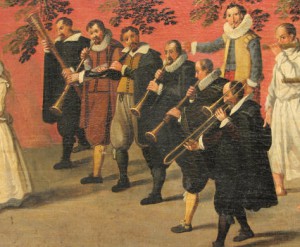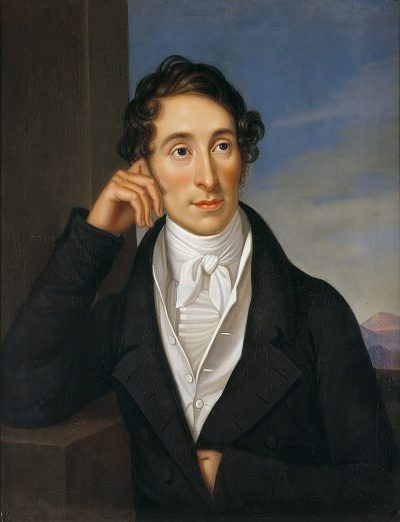Born in Dessau, Germany, March 2, 1900
Died in New York, April 3, 1950
- Kurt Weill [pronounced “vile”] began composing at a young age and was arranging family concerts of his own works by the time he was 12 years old.
- Fun fact – Weill’s family had lived in Germany since the 14th century.
- For a brief period of time, Weill was enrolled at the Berlin Hochschule für Musik, where he had occasional sessions with Engelbert Humperdinck. Weill eventually took up composition lessons more successfully with Ferruccio Busoni.
- Weill’s initial rise to fame took place in the mid-1920s with the premieres of his first two operas, Der Protagonist and Royal Palace. Around this same time, Weill met Bertolt Brecht, who would become an important collaborator for the composer. Their first joint work was the “songspiel,” The Rise and Fall of the City of Mahagonny.
- In 1933, Weill was forced to flee Nazi Germany and moved to Paris, then London, and finally to New York in 1935, where he lived for the rest of his life. His music has been categorized into two periods related to this move, the more dissonant and confrontational “first period” taking place during his time in Germany, and his more lyrical, appeasing “second period” taking place when he was living in America.
- Weill’s music for the stage was revolutionary in that he did not acknowledge a difference between opera and musical theater. He combined classical traditions and popular music genres in his works and displayed remarkable versatility.
- Weill was married to Austrian-born actress and singer Lotte Lenya, who performed many of Weill’s works.
Learn More
The Life & Career of Kurt Weill – Timeline via the Kurt Weill Foundation for Music
Short biography via the Kurt Weill Foundation for Music

























